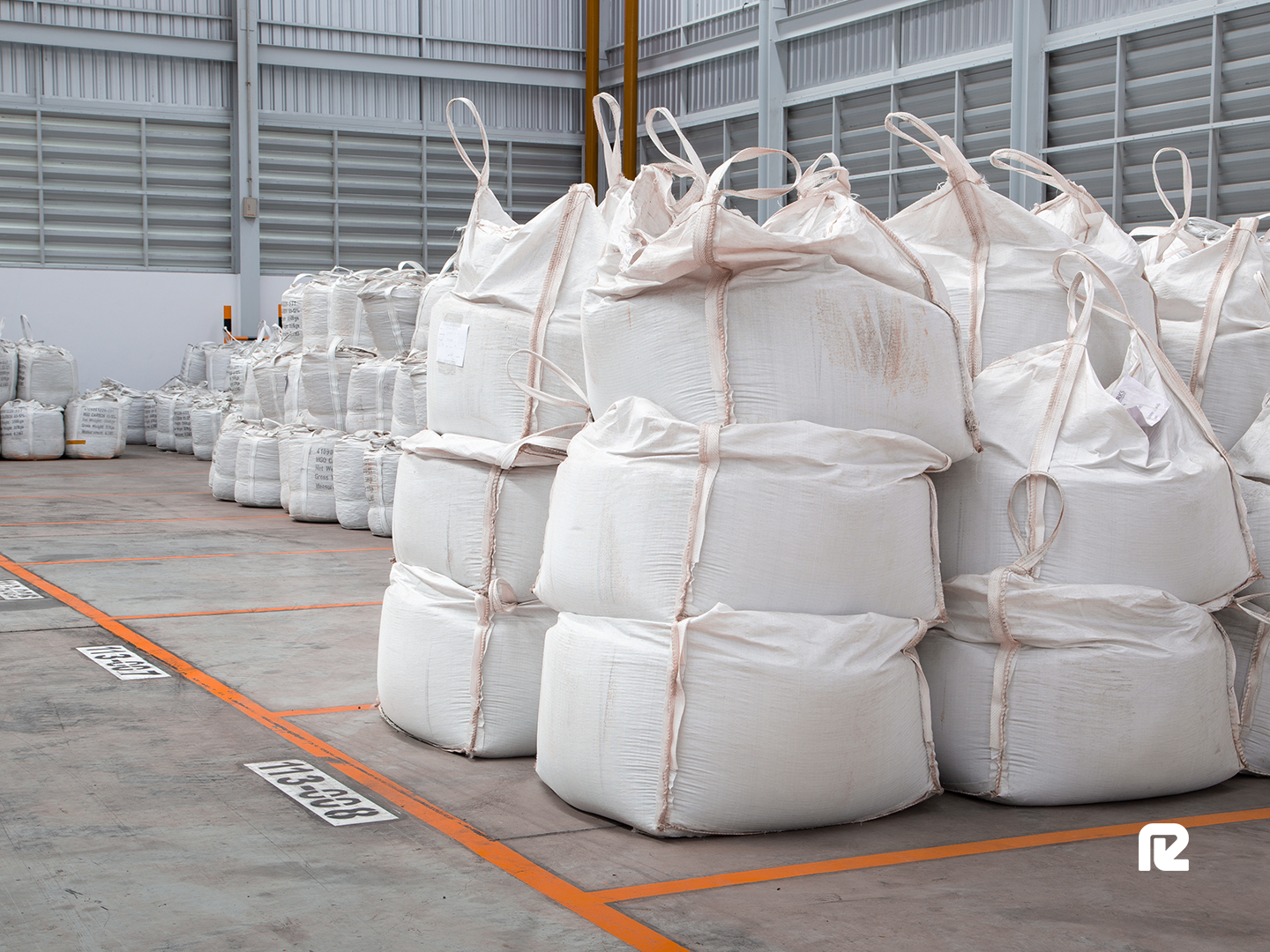Building a Culture of Safety: How Our Office Ensures Compliance Across the Supply Chain


In the fast-paced world of supply chain management, safety is a non-negotiable priority. Ensuring compliance across the entire supply chain, from the warehouse to transportation, is crucial for preventing accidents, protecting workers, and maintaining operational efficiency. At Reload Logistics, we have committed to building a culture of safety that permeates every aspect of our operations. This blog explores the measures we have implemented to ensure compliance, the training programs we offer to our employees, and our efforts to raise awareness about safety.
Why Safety Matters in the Supply Chain
The supply chain is a complex network involving multiple touchpoints, from the warehouse to the final delivery. Each stage presents unique risks, whether it’s handling hazardous materials in a warehouse or driving heavy-duty vehicles on the road. According to a 2024 report by the International Labour Organization (ILO), logistics and transportation remain among the most hazardous industries, with injury rates significantly higher than the average across sectors. This underscores the need for strict safety protocols to protect employees and the integrity of operations.

Our Comprehensive Safety Measures
To safeguard our workforce and operations, we have implemented a set of comprehensive safety measures. These measures are designed safely to mitigate risks at every stage of the supply chain.
Warehouse Safety Protocols
In our warehouses, we prioritize safe handling, storage, and transport of goods, especially hazardous materials. Our warehouse safety protocols include:
- Regular Equipment Inspections: We conduct routine checks on forklifts, conveyor belts, and other machinery to ensure they are in top working condition.
- Clear Signage and Labeling: All hazardous materials are clearly labeled, and safety signage is prominently displayed throughout the warehouse.
- Emergency Preparedness: Fire drills, evacuation procedures, and first-aid training are conducted regularly to prepare employees for emergencies.
Transportation Safety Standards
Our drivers are the backbone of our supply chain, and their safety is paramount. We have established stringent safety standards for our transportation operations:
- Vehicle Maintenance: All vehicles undergo regular maintenance checks to ensure they are roadworthy.
- Driver Monitoring: Real-time tracking and monitoring systems allow us to ensure that drivers adhere to speed limits and take necessary breaks to avoid fatigue.
Training Programs for Employees
Training is a cornerstone of our safety culture. We believe that well-trained employees are our first line of defense against accidents. Our training programs are tailored to the specific needs of both warehouse employees and drivers.
Warehouse Employee Training
Warehouse employees undergo extensive training that covers a range of safety topics:
- Handling Hazardous Materials: Employees are trained in the proper handling and storage of dangerous goods, with a focus on preventing spills and accidents.
- Ergonomics and Manual Handling: Training on proper lifting techniques and the use of ergonomic tools helps reduce the risk of musculoskeletal injuries.
- PPE Usage: Employees are trained on the correct use of personal protective equipment (PPE), including safety vests, gloves, helmets, and goggles.
Driver Safety Training
Our drivers participate in comprehensive training programs to enhance their skills and knowledge:
- Defensive Driving: Drivers are taught defensive driving techniques to reduce the risk of accidents on the road.
- Hazard Awareness: Training includes how to recognize and respond to potential hazards, such as adverse weather conditions and roadblocks.
- Fatigue Management: Drivers learn strategies to manage fatigue, such as taking regular breaks and maintaining a healthy lifestyle.
Creating a Culture of Safety Awareness
Safety is not just about following rules; it’s about promoting a culture where every employee takes responsibility for their own safety and that of their colleagues. We’ve implemented several initiatives to promote safety awareness across our organization.
Regular Safety Meetings
We hold monthly safety meetings where employees can voice concerns, share ideas, and stay updated on the latest safety protocols. These meetings are an opportunity for open dialogue and continuous improvement.
Safety Campaigns
We run regular safety campaigns that focus on specific aspects of supply chain safety, such as handling dangerous goods or preventing workplace accidents.
Recognition Programs
To encourage adherence to safety protocols, we have introduced recognition programs that reward employees who consistently demonstrate a commitment to safety. This not only motivates employees but also reinforces the importance of safety in our daily operations.
The Road Ahead: Continuous Improvement
Building a culture of safety is not a one-time effort but an ongoing process. As we look to the future, we remain committed to continuously improving our safety protocols and training programs. We will continue to leverage new technologies, listen to employee feedback, and stay updated on industry best practices to ensure that our supply chain remains safe and compliant.
Conclusion
Safety is at the heart of everything we do. By implementing rigorous safety measures, providing comprehensive training, and fostering a culture of awareness, we ensure compliance across our entire supply chain. Our commitment to safety not only protects our employees but also drives the success of our operations. As we move forward, we will continue to prioritize safety, knowing that it is the foundation of our long-term success.
Categories






